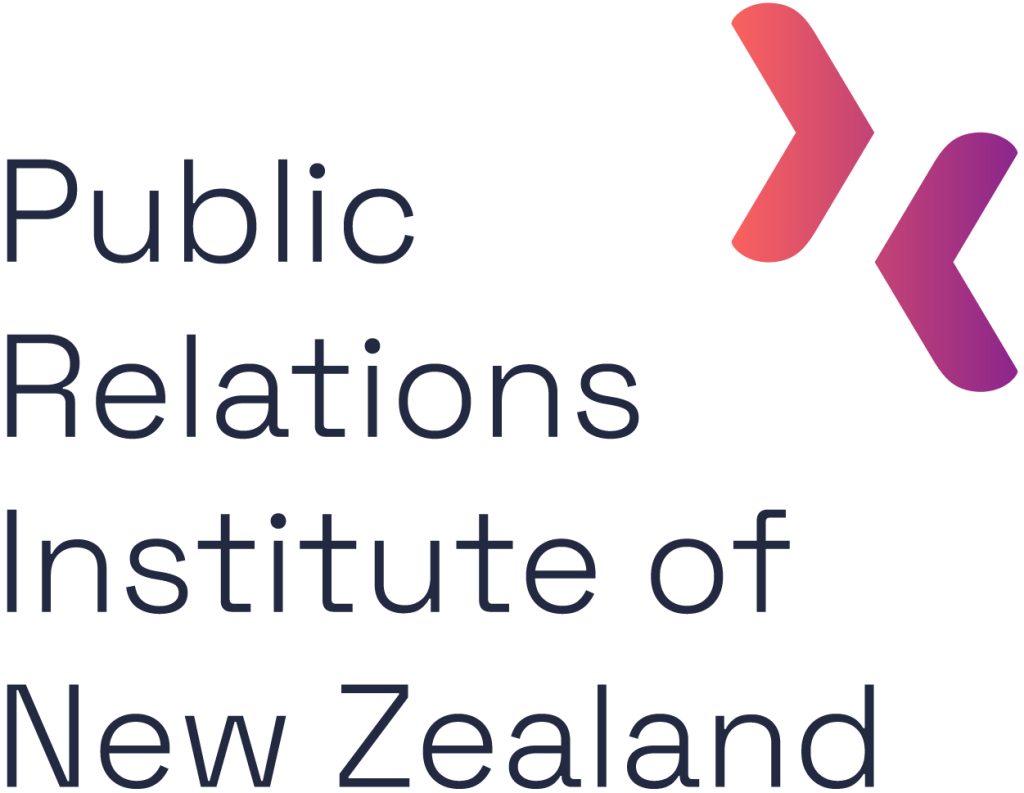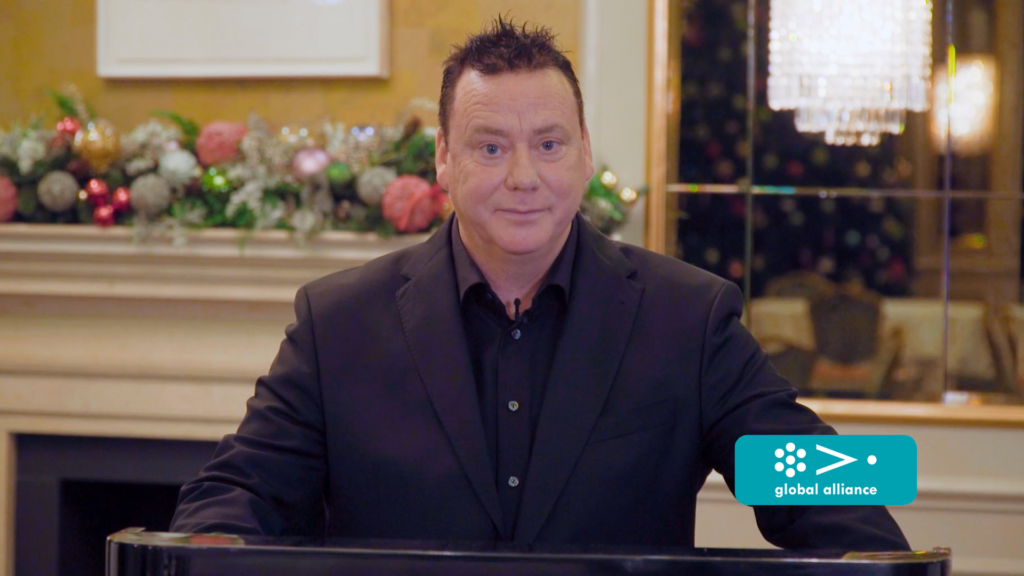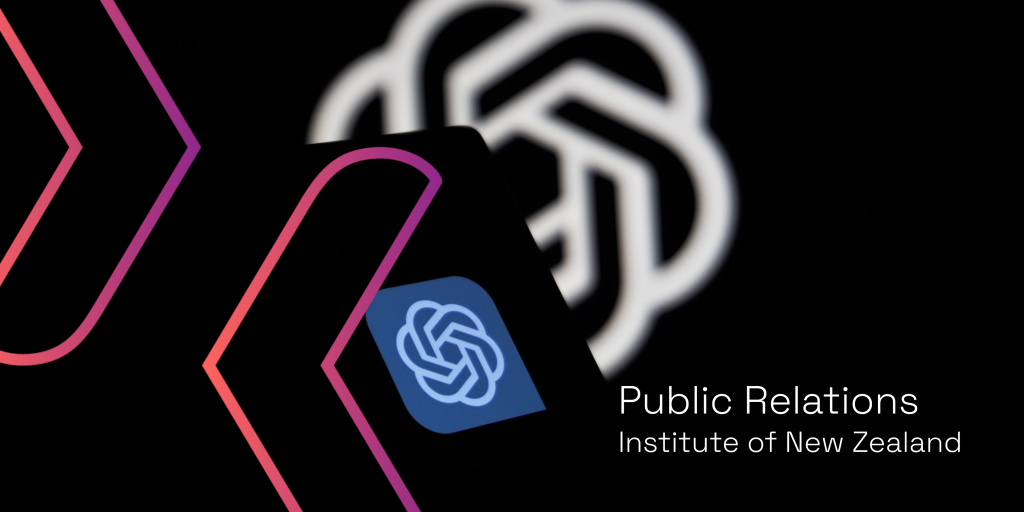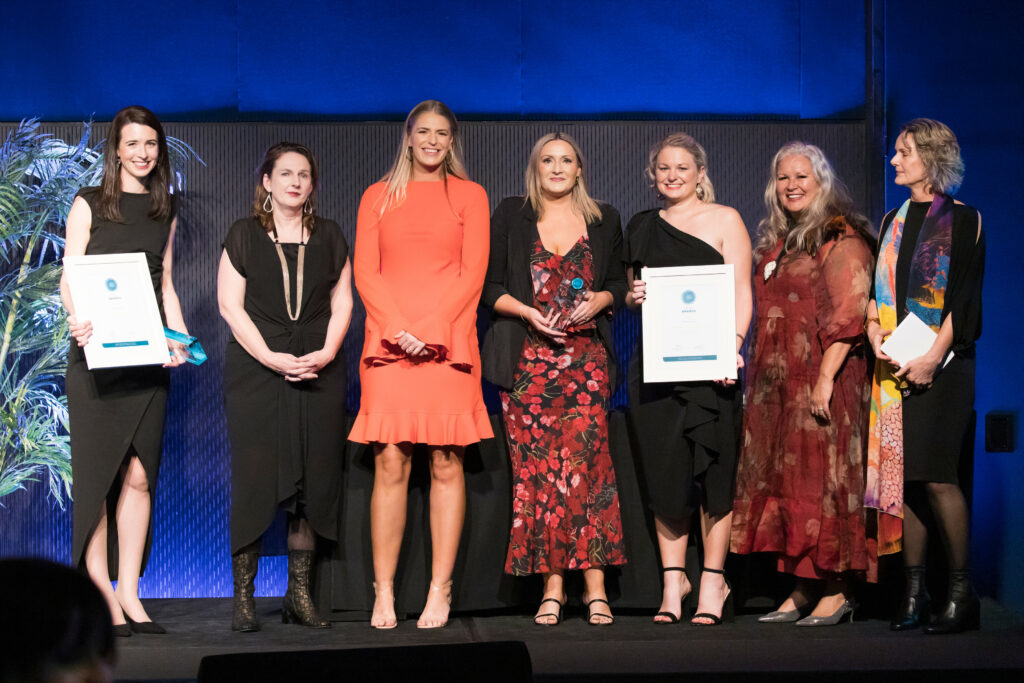PR lessons from One New Zealand rebrand by Heather Claycomb, PRINZ Chair

Yesterday, Vodafone announced it is rebranding to One NZ from 2023. As we continue to watch the negative media stories gain traction following the announcement, it got me thinking about a few PR lessons we can all take on board as we watch public reaction – and Vodafone’s response – unfold.
The hate is a given, so plan for it
For those of us working in the PR and marketing world, we know that many in the general public always react negatively to a rebrand. No matter how creative and amazing the new brand or how robust the strategy is behind the name and image, many will dislike it. And some loud voices will downright hate it. “The name is stupid, you spent too much money, focus on your product or service, the colours are terrible.”
I was part of the team decades ago that rebranded Natural Gas WEL Energy and TransAlta to ON. You can imagine the backlash of such a simple word for an energy brand. It didn’t help that many months later ON ceased to exist (yes, ON was OFF).
As strategic communicators, the PR team’s job on the rebrand team is to prepare your senior execs for the negative backlash so that it’s not a surprise and not taken personally. Then, put together some great responses for your spokesperson to switch the narrative back to your key messages.
I thought it was great when Vodafone CEO Jason Paris responded to negativity by saying, “Ultimately we won’t be judged on the name but the actions we take. That’s our focus.” Perfect!
Research, research, research
The biggest negative reaction so far has been the similarity of the One NZ brand to One New Zealand Foundation, an organisation criticised for promoting white supremacist ideology.
I saw on Twitter that Ben Moore (@BenTM_Journo) at BusinessDesk asked CEO Jason Paris about the issue of sharing a name with a racist organisation and was told by Paris that, “…the first time he heard that One NZ name had a negative history was post-announcement . . . Cannot understand how the brand agency missed this.”
Where your communications team can help during a rebrand is with upfront research. And that research needs to be incredibly robust and thorough. Don’t only look in New Zealand, either. Take a look globally to discover any negative connotations associated with the name which could mar acceptance of your new brand from the start.
Mitigate and plan your responses
Say the Vodafone team did discover the One New Zealand Foundation link before they launched. Okay, so now you have two choices. One: discuss with the wider marketing and PR team and go back to the drawing board. Or, two: decide to weather the potential negative storm and carefully plan a very strong response that shuts it down.
As this story unfolded during the day I saw Paris tweeted, “One NZ stands for the best of NZ (diversity, inclusion, trust, innovation etc).” Okay, good he cleared that up. He could have been a bit stronger, perhaps.
A further lesson here is that you can plan and plan til you’re blue in the face but there will be situations and reactions that pop up that you didn’t plan. Deal with them quickly and front up, which is what Paris did.
Tell your customers directly first
As a very loyal and long-term customer of Vodafone, when I read about the rebrand in the news, I thought, “Huh, they didn’t tell me first!” It’s only my mobile phone provider, right? But I would have thought I’d at least get an email before the news outlets reported it. I also saw a few comments that flagged this same feeling from customers on the Vodafone Facebook page.
This is a simple lesson. When you have any major announcements as an organisation, list your audiences and prioritise them. Tell the most important audiences first in a cascade approach. Media (and thus, the general public), should most often be the last audience on the list.
Prioritise social
Every major announcement like a rebrand will play out online in a big way. I had a quick look at Vodafone’s social media channels and wow, the team did a great job here of responding to comments – even the really negative ones. Go have a look at their first Facebook announcement and skim through to see how they managed it. It’s good stuff!
On Twitter, it was also great to see how the CEO was utilised throughout the day to keep the positive messages flowing and responding to issues that arose.
You can’t underestimate the preparation done by the PR team when it comes to managing the social media messaging for a rebrand. Most responses would have been planned for months, aligned to key messages, written out and edited over many weeks, compiled into an easy-to-use document and briefed into the customer services team. This would have been a HUGE piece of prep work, and they did it well.
I could go on! What others have you learned from watching One NZ launch?
